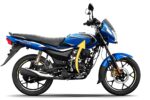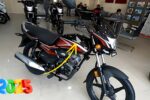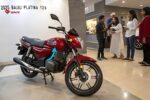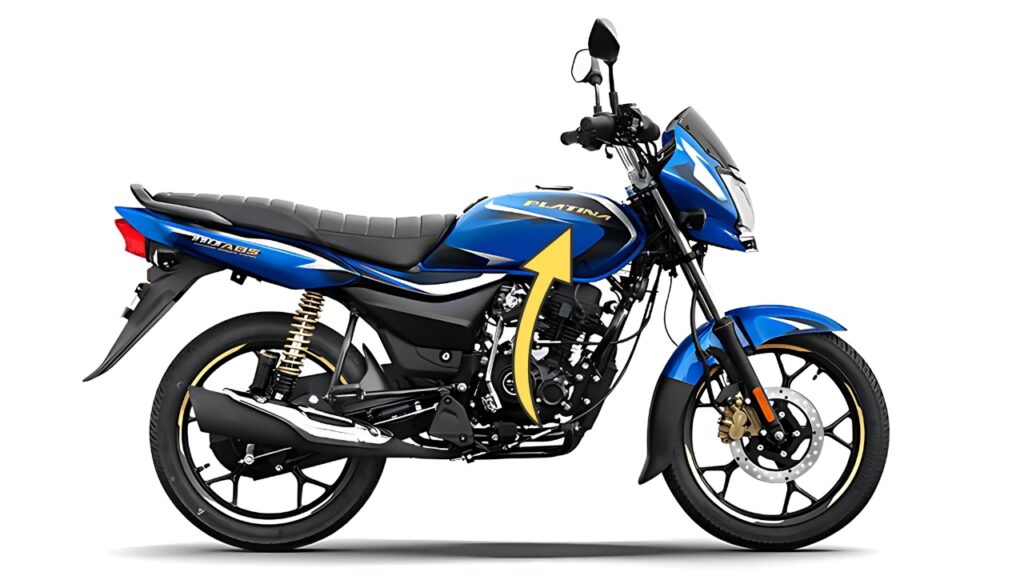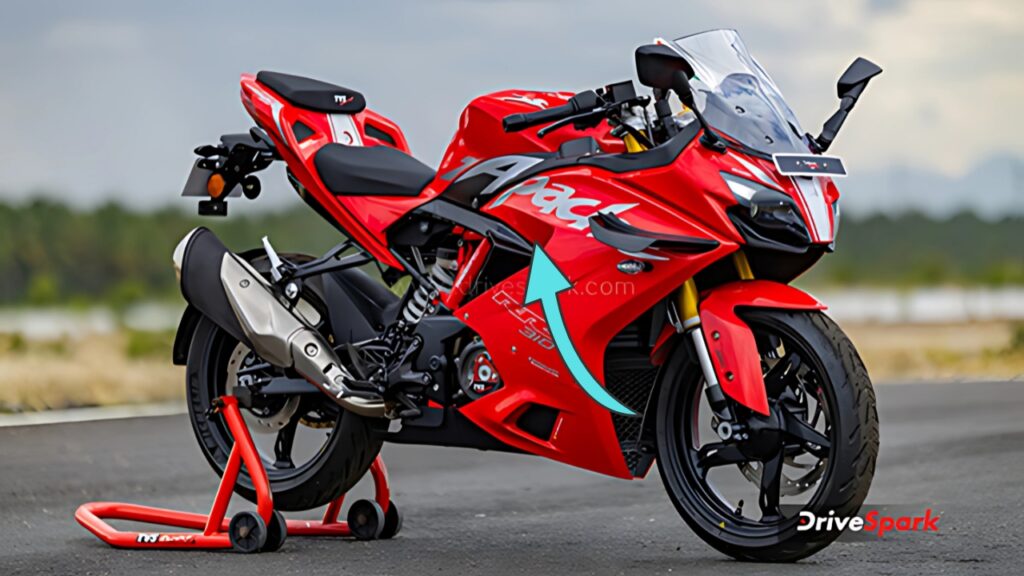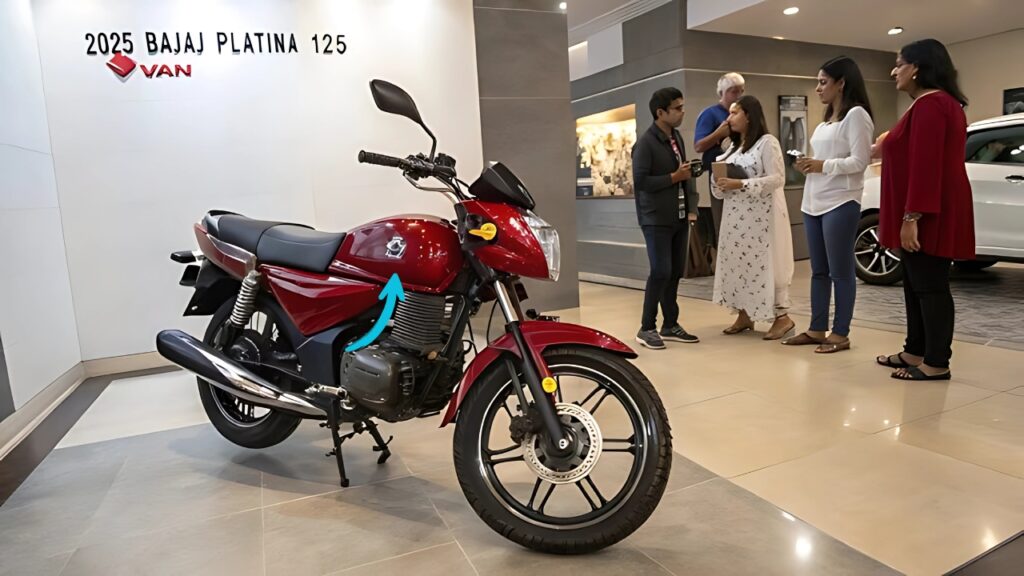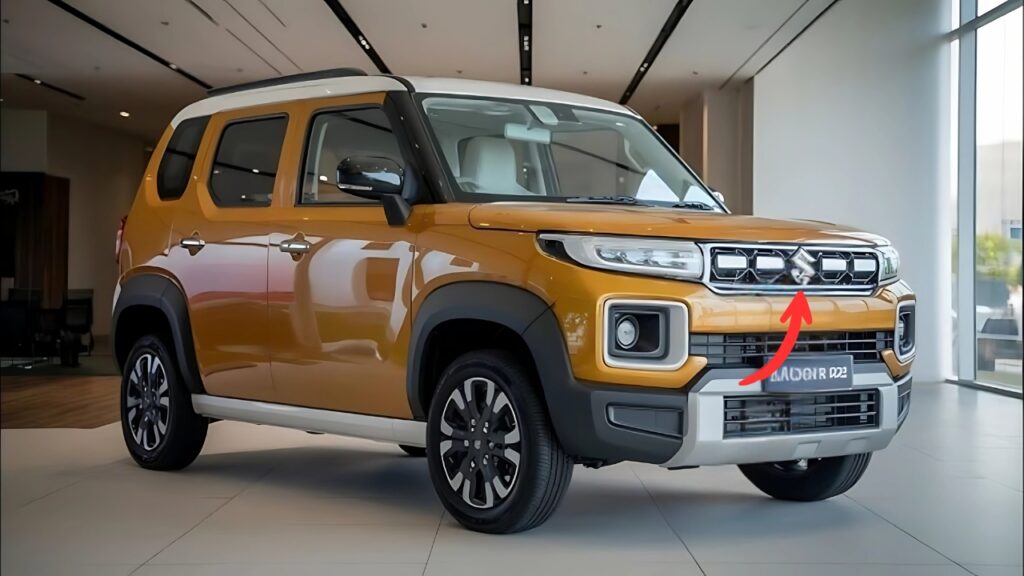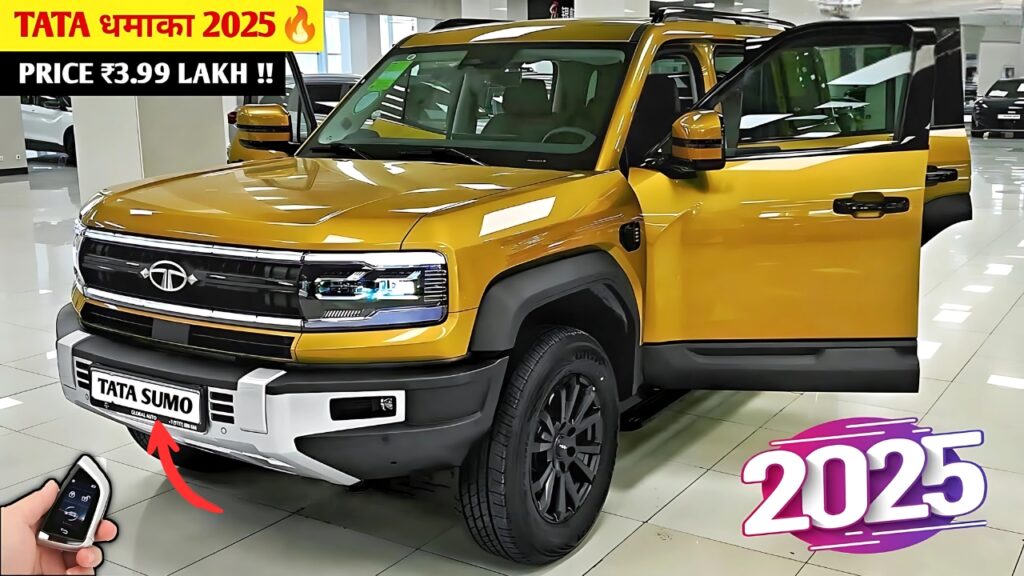Bolero : There it was, unmistakably boxy, and yet something was different. But, as the dust settled outside Mahindra’s test facility in Chakan, near Pune, when the car came closer, the well known Bolero contour was unmistakably the same yet radically more up to date – a deliberate nod of the hat to its heritage and immediacy.
I’d been following the progress of this quintessential SUV for years, and they were now about to give me a close look at what Mahindra and Mahindra had achieved with the all-new Bolero – and it’s not a little revelatory.
“Humne Bolero ki pehchaan ko barkaraar rakha hai lekin usko modern touch diya hai,” (We’ve maintained Bolero’s identity but added a modern touch) Rajiv Kumar, Mahindra’s Design Head for Utility Vehicles, told me as he showed me around the vehicle.
It’s an act of tightrope walking between legacy and relevance that defines the new Bolero, a machine that has been the lynchpin of rustic and semi-urban India for over two decades.
Table of Contents
Bolero The Look: Bold But Borne of the Familiar
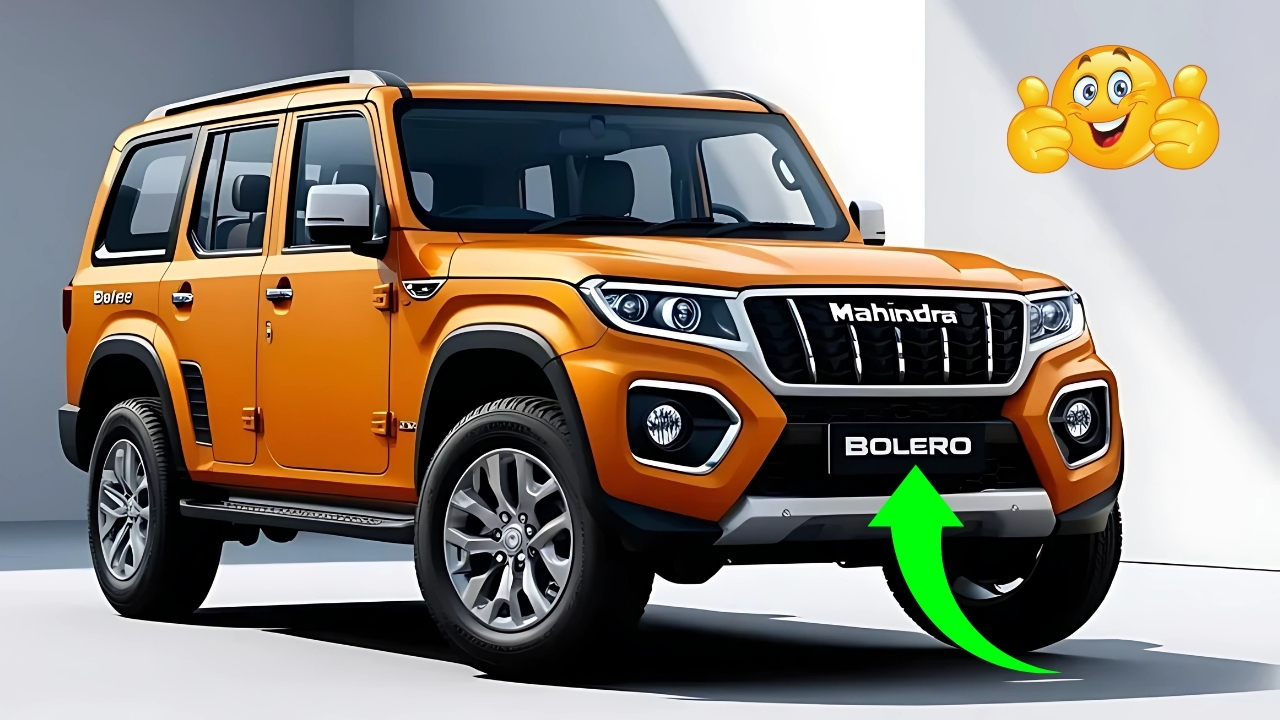
The most incredible thing about the makeover is how Mahindra has not changed the instantly-recognizable profile of the Bolero, but has made it look overwhelmingly upmarket.
6 Vertical slats, now embossed to match the premium looks of the new bolder front grille; New Life headlamps The headlamp design is certainly more European style Rectangular and LED’S for daytime usage (A first in its category).
“The headlights were a real struggle,” Kumar confessed during our walkaround. “We wanted something modern, but not so avant-garde, where a Bolero traditionalist wouldn’t feel comfortable in it.”
The end product is a lighting signature that updates the Bolero’s looks for the modern age without abandoning its unpretentious nature.
There are more aggressive power bulges in the hood increasing the vehicle’s visual muscle, while the bumper has been facelifted with integrated fog lamps and a silver skid plate for that rough-and-tough SUV look.
Somewhat counter-intuitively, it all adds up to a front-end that appears much more upmarket than before without straying into brash territory.
The side profile features the Bolero’s signature tall, upright greenhouse and near-vertical windshield, which stow were a feature of the car since launch.
New touches include new, more sculpted wheel arches that now accommodate new 16-inch alloy wheels on higher t r ims, a subtle character line that runs down the side to break up the visual mass, and integrated roof rails that are both functional and stylish.
Rear Now also gets some attention with the new, more sculpted tail lamps which now contain LED elements along with a more raised tailgate where the Bolero name is embossed and not a sticker sticker although one left over is do the plastics here, the revised rear bumper with reflectors and another silver skid plate element that does connect well visually with the front design.
We wanted the new Bolero to be as impressive to look at from the rear as from the front,” said Kumar, pointing to how rear-end design is often compromised in this segment.
Bolero Inside Out: A Quantum Leap Inside.
If the outside is evolution with a steady hand, the inside is revolution. A walk inside the new Bolero, the cabin comes as a stark contrast to the spartan space of the outgoing version.
A completely redesigned dashboard has a two-tone color scheme, soft-touch upper surfaces, and silver accents that lend an uncharacteristically premium atmosphere to the Versa’s cabin.
In the center stack is a standard, if lackluster, 9-inch touchscreen infotainment system on higher trims, a big improvement over the prior gen’s basic audio unit.
“Interiors mein hamne zyada changes kiye hain, kyunki customers ab basic se zyada expect karte hain, chahe kitna bhi rugged vehicle ho,” (We’ve made more changes to the interiors because customers now expect more than basics, no matter how rugged the vehicle is) Vikram Singh, Interior Design Lead at Mahindra, said.
Behind the wheel, I also appreciated how much the ergonomics have been improved over time. The reach- and rake-adjustable steering wheel is much more comfortable to hold.
Analog dials and a 4.2-inch digital information display keep an eye on vital information, and a range of features is included without making the driver feel like they need to learn a computer to drive.
The seating height continues to be typically high – a Bolero hallmark that affords a fine view of the road – but the seats have been entirely redesigned, with better bolstering and support.
On a short lap on Mahindra’s test track, I found the comfort to be worlds better than that of the previous generation, with none of the backache-inducing flatness of older Bolero seats.
Most impressive is that the updated interiors now have the contemporary must-haves without losing the ruggedness that Bolero owners love.
The materials feel solid and durable, with thoughtful details like rubberized compartments that will keep stuff from sliding around and making noise on jarring roads.
The Brand That Is Bolero
“With its 70-year legacy, the Bolero has been one of the most powerful brands that add to the Mahindra DNA and has found its success in semi-urban and rural markets,” said Pawan Goenka, the managing director of Mahindra and Mahindra Ltd.
The commanding seating position, amazing visibility, bombproof construction, and minimalist functionality are all still present, just far more attractive and modern.
From my behind-the-scenes chats with Mahindra engineers, it was clear every design decision was viewed through the lens of how much of an impact it had on the vehicle’s legendary longevity and low-running costs – the very attributes that have made the Bolero the default value option in markets with poor servicing facilities.
“The Bolero customer wants his vehicle to run for years with the least problems,” said the engineer, who has been associated with the project from day one. “We didn’t want to compromise that reliability for the sake of modern features.”
This philosophy accounts for certain design decisions too – the choice to retain meaty mechanical door handles, for instance, rather than the flush-fitting electronic ones increasingly found on urban-centric SUVs.
Likewise, the suspension – now more sophisticated for better comfort – is more oriented towards durability and load carrying than cornering prowess.
Bolero A Calculated Reinvention
And as I brought my time with the new Bolero to a close, what truly struck me was how suitable a job Mahindra have done with this update.
Instead of chasing fads or trying to retrofit the Bolero into something it’s not, they’ve made changes that aim to lessen pain points with actual customers and further accentuate the existing strengths of the vehicle.
The effect is a Bolero that, by any metric, looks great –no longer just better than the one it replaced — but still is true to the values that have made it a stoic presence on Indian roads for so many years.
For the farmers, small business owners and rural families that make up the Bolero’s core audience, this is exactly what they’ve been asking for: the same dependable friend, just better dressed and comfortable for the road ahead.
